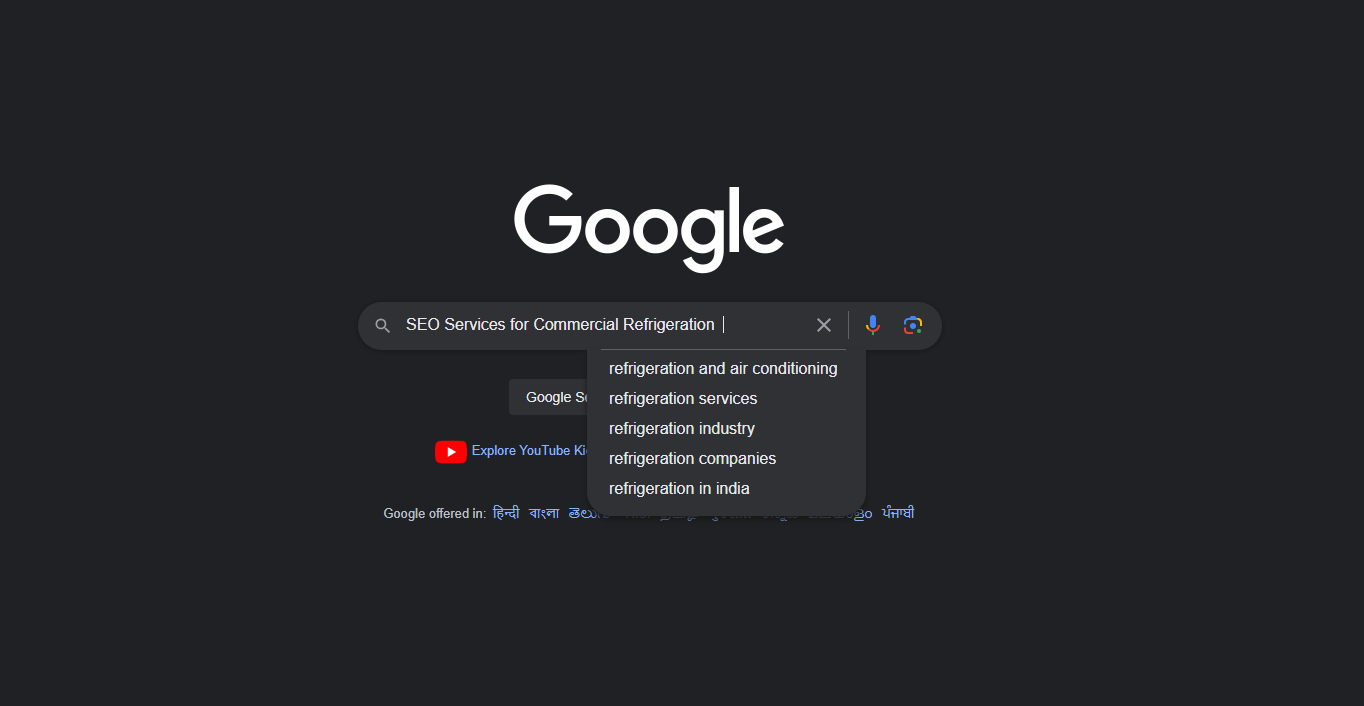In
today’s digital age, a must-have digital marketing tool for any business is SEO content.
Without
SEO content, your brand limits its web performance and digital experience. On
the other hand, writing with a proven content framework in mind can help
improve your brand’s marketing, maximize its online visibility, connect with
the right audiences, and more.
By
optimizing your content for users and search engines alike, you’re able to
craft relevant and engaging content that delivers on engagement and,
ultimately, drives conversions. But SEO writing has evolved. These days, it’s
not just enough to optimize your content for keywords.
Whether
you’re uploading new products to your site, working on a new blog post, or even
just updating your homepage, the following infographic provides invaluable
on-page SEO tips to make your content more visible and searchable to the right
audiences.
Below,
you’ll learn how to:
●
Align your
content efforts to the why behind a search query
●
Leverage one
of the most popular link building strategies out there
●
Structure
URLs to satisfy search engines and entice search users
●
Write
attention-grabbing headlines that demand clicks
●
Structure
subheaders to draw readers deep into your content
●
Take
advantage of LSI keywords and phrases
●
And much
more!
Let’s dive right in: 13 Steps To Write Content That Ranks on Google SERPs
Conclusion
As you
can see, there’s so much more to SEO content than just keywords. While keywords
still play a vital role, a holistic approach to SEO and content marketing is
necessary to rank and appear high in search engine results organically.
By
optimizing your content strategy with the aforementioned on-page SEO best
practices, you’ll be able to capture the attention of your target audience
better and bring in targeted new customers all through organic search traffic.
Of
course, your approach to content writing should be tailored to the specific
channel and content type. For example, homepage content will have different
requirements to say, a product review blog post or an FAQ page.
Knowing
which SEO content framework you’re writing for will help determine which
on-page SEO strategies to incorporate into your writing. Still, you should know
that SEO success doesn’t happen overnight.
But by
using the actionable tips above and continually working on your craft, you’ll be
able to create content that’s optimized for your target audience and achieves
impressive results.


